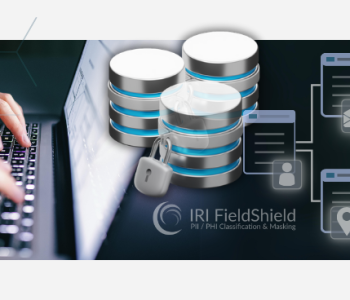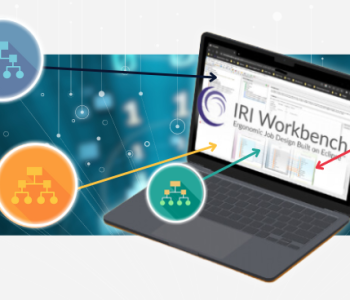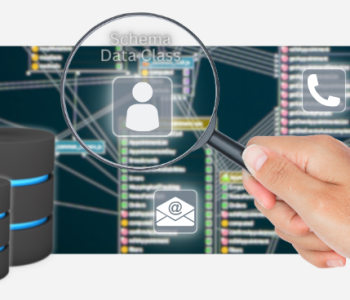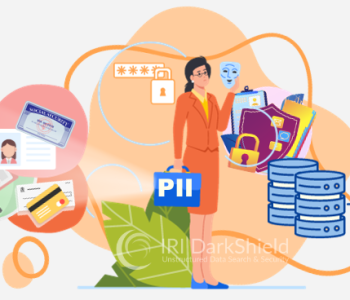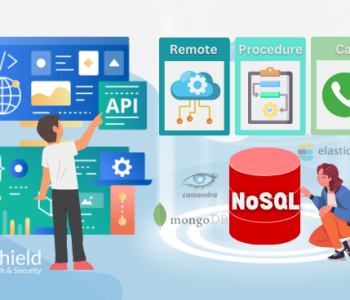
What is ODBC?

ODBC, Open Database Connectivity, is an industry-standard application programming interface (API) for access to both relational and non-relational database management systems (DBMS). ODBC was first developed by the SQL Access Group (SAG) in 1992 in response to the need to access data stored in a variety of proprietary personal computer, minicomputer, and mainframe databases without having to know their proprietary interfaces.
Today, many applications use ODBC to query a database regardless of which programming language, database system, or operating systems are in use. However, separate database drivers which contain DBMS-specific details are needed.
ODBC has since come a long way in functional and performance terms, and covers many different enterprise databases like Oracle, DB2, SQL Server, Sybase, MySQL, and Access and the same hardware platforms IRI does – Unix, Linux, Windows, Mac OS X and OS/400.
ODBC, IRI and You
With the development of the ODBC process type in CoSort’s SortCL program and subsequent spin-off products, users of IRI software will be able to address rows in tables along with records in flat files at the same time. This input- and output-level support of connected RDBMS sources and targets means that CoSort SortCL users can now.
- Sort, aggregate, and join data in multiple tables and flat files; i.e. from multiple sources and formats
- Compare data in those disparate sources for change data capture or delta reporting operations
- Reorder or reorg database tables without separate extract and load operations*
- Generate detail and summary reports that calculate across and down the values in those tables and flat files
- Create CSV, XML or other hand-off targets for data franchising such as data marts and BI applications
In the GUI platform for CoSort 9.5, IRI Workbench, you can browse your connected data sources via the Data Source Explorer in the Eclipse Data Tools Platform (DTP) plug-in using JDBC, define your layout and manipulation metadata to SortCL, and run jobs locally or remotely.
ODBC support in SortCL spin-off tools means that FieldShield users can encrypt, de-identify, mask, and redact personally-identifying information (PII) and other sensitive data at the column level across different databases and flat files (at the same time). RowGen users will be able to directly read table descriptions and populate test databases with generated tables that maintain the structural and referential integrity as the original tables. NextForm users will also be able to convert data types from disparate sources for database and file format migrations.
* the external reorg method with FACT, CoSort, and direct path loads is still currently faster in volume.





